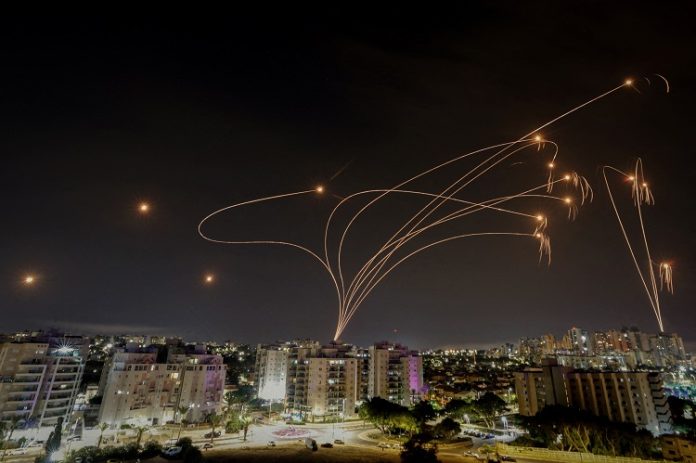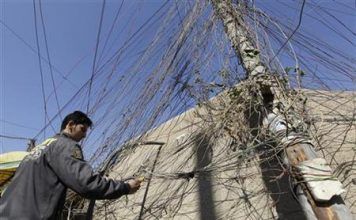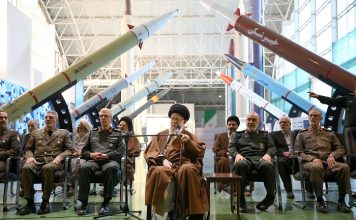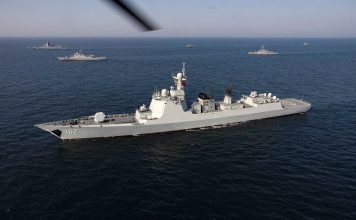
By Ari Rabinovitch
JERUSALEM, May 16 (Reuters) – Israel’s Arrow defense systems helped thwart Iran’s massive missile and drone attack last month, and a number of countries are now interested in purchasing the technology, said the developer’s chief executive.
Iran’s overnight attack between April 13 and 14, repelled by Israel’s multi-tiered defense shield with the help from allies, included more than 100 ballistic missiles.
The Arrow system, according to Israel’s air force, “carried out the main part” in their interception.
That success immediately drummed up global interest, said Boaz Levy, CEO at state-owned Israel Aerospace Industries ISRAI.UL (IAI), the project’s main contractor.
The U.S. is a partner in the Arrow project and Boeing BA.N is involved in its production.
“A number of countries have approached us asking for information,” Levy told Reuters. “I’m very optimistic that there will be more deals for the Arrow system, especially after the very special demonstration we did.”
He declined to name any of the countries since talks are in the early stages.
Arrow is the upper layer of Israel’s missile defenses, together with the Iron Dome, which takes out short-range threats like mortars and rockets, and mid-range defender David’s Sling.
Arrow-2 has been around for years and intercepts ballistic missiles at long range. The newer Arrow-3 specializes in knocking out missiles while they are still outside Earth’s atmosphere.
Israel, with U.S. approval, agreed last year to sell the Arrow-3 system to Germany in a $3.5 billion deal, its biggest ever defense sale. The agreement comes as Germany and its neighbors in Europe are boosting defense spending in the wake of Russia’s war in Ukraine.
The Germany deal took almost two years to sign, Levy said, and that would likely be the time frame of new deals in the works. The process is handled between governments and again would need U.S. approval, he said.
Each Iron Dome interceptor, used frequently to shoot down rockets from Gaza and Lebanon, is estimated to cost about $50,000. The Arrow missiles are on a different level.
“The cost of the Arrow interceptor is on par with similar interceptors around the world, even cheaper. The amount passes a million dollars,” Levy said, without elaborating.
Iran’s attack spurred IAI to boost both production of current Arrow systems and also the development of its next generation, the Arrow-4, which will replace Arrow-2.
“It’s in a very accelerated process towards the start of production. And we are doing this in full coordination with the security establishment here in Israel and the Missile Defense Agency in the United States,” Levy said.
He declined to say when Arrow-4’s development would be complete.
(Editing by Toby Chopra)













